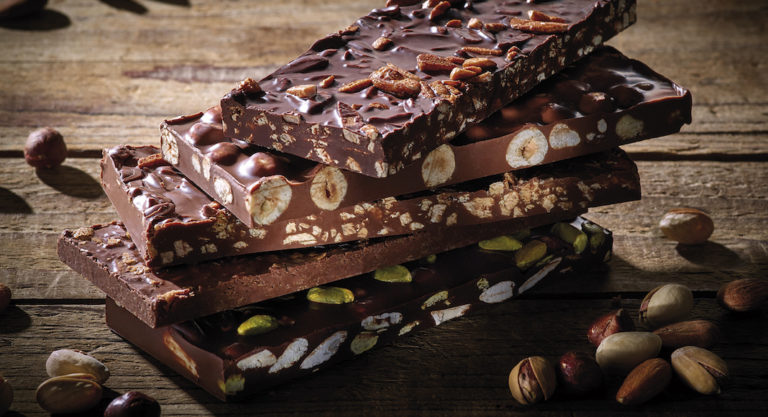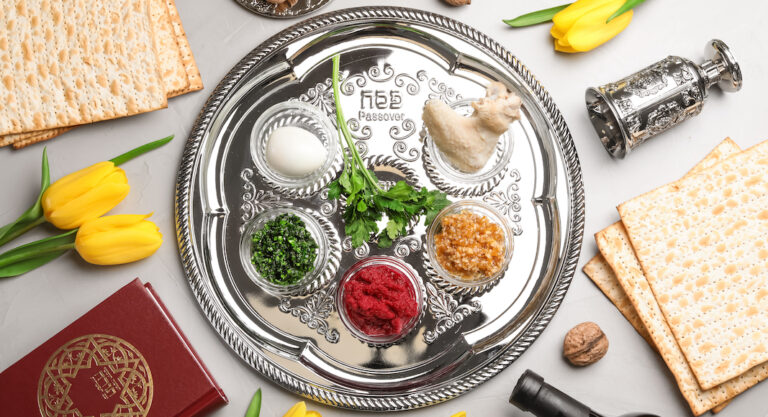It’s the only spirit ever to be banned from France. Its refreshing flavors pleased the French so much they spawned new brews. The art, writing, and culture created by the drip-drop of water onto sugar and into a glass of light green bliss remain unmatched. Arguably the most famous among the once-medicinal alcohols, it’s absinthe’s absence rather than its presence that drives the mysterious mixture’s notoriety.
As the tale supposedly goes, an eccentric young Frenchman with troubling political ideas found himself exiled from France. Seeking refuge in Switzerland, he paraded himself about, perched atop his Corsican horse Roquette, offering medical and pharmaceutical assistance to those in his path. When faced with serious maladies involving fever or stomach woes, Dr. Ordinaire prescribed an élixir extraordinaire purportedly penned by one Madame Henriod of Couvet, Switzerland. Her strange yet pleasing herbal amalgam – featuring Artemisia absinthium – accrued local fame.
Following the Doctor’s death, the formula eventually fell into the hands of Henri-Louis Pernod. By choosing to distill the various flora present in Madame Herniod’s antidote, the once-herbal concoction left the pharmacy and joined the ranks for French aperitifs. Under the name Pernod et fils, the first distillery on French soil led the charge on l’Hexagone’s next boisson du moment: Absinthe.
As with Picon, the soldiers who colonized West Africa developed a taste for absinthe while consuming it to ward off sickness. On their return, the bourgeoisie imitated the revered French heroes, and absinthe’s popularity skyrocketed.
By 1870, absinthe was not only the preferred drink of artists including Van Gogh and Baudelaire, but also of the common man. While excellent for Pernod, there were some vendors who despised this new alcoholic sensation: wine merchants. In an unprecedented turn of events, the ever-stable wine market seemed rattled by the apéritif’s startling public appeal. Not only reserved for posh Parisian cafés, absinthe showed up in bistros and small-town pubs, catering suddenly to a less-than-savory slice of society.
Come the 1900s, consumption levels hit unprecedented levels; on average, residents in Marseille guzzled three liters of absinthe per person in 1910. As a result of higher consumption rather across societal levels and the beverage’s elevated alcohol content, some nasty stories began to surface about absinthe’s effect on the brain, notably that it rendered the drinker mad. Rumors of the péril vert spread, and following pressure from wine cultivators, groups formed condemning the draught. Suddenly, absinthe caused alcoholism, epilepsy, tuberculosis, and crime. A story of a Swiss man who, upon drinking some absinthe (on top of many glasses of wine), murdered his wife and two children before attempting to take his own life, sealed absinthe’s fate. By 1915, the sale and fabrication of absinthe was forced to cease…
Sort of. Absinthe’s flavor hails from its many macerated plants, including wormwood, hyssop, sage, lemon balm, coriander, chamomile, angelica, fennel and anise. Out of all those ingredients, only one – wormwood – poses a problem. Containing a chemical compound called thujone, incorrectly treated wormwood may induce hallucinations when consumed in large doses. While absinthe only contained trace amounts, it was enough to force distillers to get creative. By avoiding the problematic element, another iconic and opalescent drink entered the scene: pastis. The anise-flavored apéritif of the South grew to be France’s preferred drink in the 50s and has maintained high popularity into the present day. The leading producer? Pernod-Ricard.
Despite all odds, however, absinthe made a comeback in the 90s thanks to a revamped food and beverage law. Since then, various absinthes hailing from numerous countries have flooded the market and remain for sale today. Varying in shades of green to clear, each bottle offers a different “bouche.” All are sure to supply a chorus of herbal flavors with a resounding licorice note. With a spicy bite and a minty finish, absinthe offers a refreshing drink that, while strong, is excellent for summer. Top-ranking varieties include Grande Absente and Pernod Absinthe, which retail at $54 and $64, respectively.
While cocktails featuring a nip of green might be tempting, the bewitching brew is best sampled in the traditional manner. Rather than simply pouring a swig of emerald booze in a glass, absinthe requires patience and a nifty set of bar accoutrements: a samovar, slotted spoons, and special glasses. With notches along the neck, the glasses portion out the proper absinthe pour. Then, the silver “spoon” with decorative holes carved throughout sits atop the glass. Adorned with a single cube of sugar, the assemblage waits under the carafe apparatus as a special spigot releases a small but steady drip of water, dissolving the sugar into the alcohol and turning it a cloudy shade of celadon. Curious for the real experience? Head over to Apotheke or Maison Première for a glass (or two) and see where the Green Fairy takes you.





